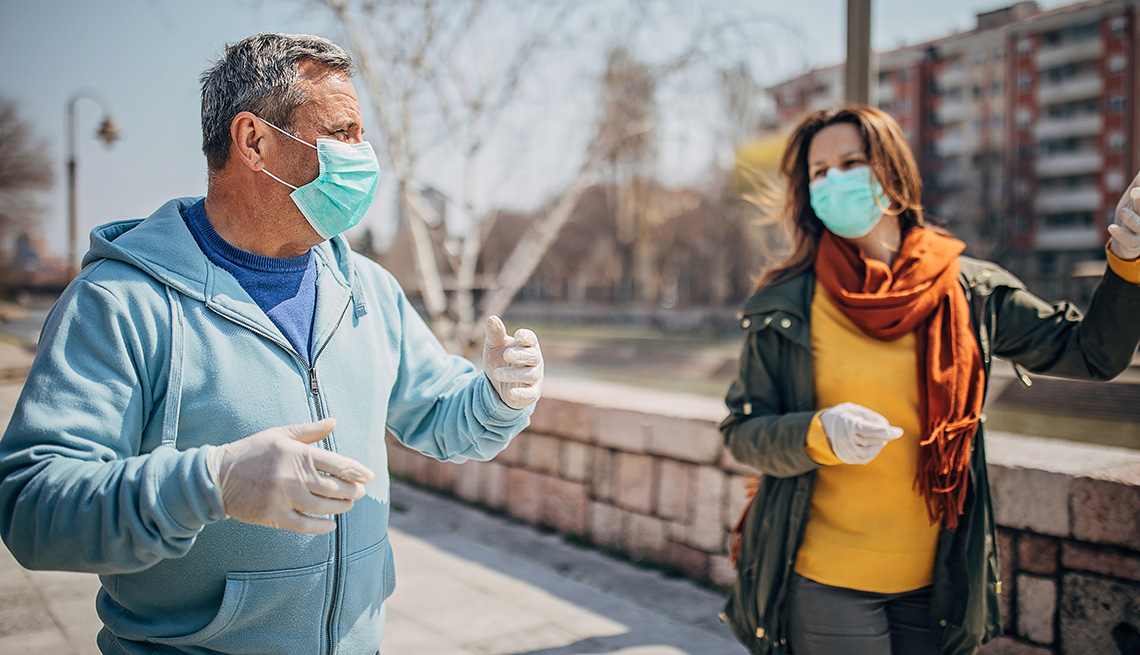
Can wearing a face mask be causing your dry eyes?
- Select a language for the TTS:
- UK English Female
- UK English Male
- US English Female
- US English Male
- Australian Female
- Australian Male
- Language selected: (auto detect) - EN
Play all audios:

By now, you've no doubt gotten the message: Wearing a face mask in public is crucial for preventing the spread of COVID-19. Those coverings protect us from the respiratory droplets that
come our way when an infected person coughs, sneezes or even talks. But those masks can come with an unwelcome side effect: specifically, dry eye. A paper from researchers at the University
of Utah, which appeared in the journal _Ophthalmology and Therapy_, noted a significant increase in the number of dry eye cases at local clinics among regular mask wearers. This included
both people who already had a diagnosis of the condition and were experiencing worsening symptoms, as well as those who had never had a problem with dry eye, who were coming in and
complaining of eye irritation. Professionals are calling it mask-associated dry eye (MADE). According to the study, the finding “has important implications on eye health and infection
prevention, as mask use is likely to continue for the foreseeable future." Dry eye is a common condition that occurs when your tears aren't providing proper lubrication for your
eyes. This may be because your eyes aren't producing enough tears or because the quality of the tears your eyes are producing is poor. Nearly 5 million Americans know the symptoms,
which can range from annoying to downright uncomfortable, all too well. Part of the unpleasant picture: a scratchy “I've-got-something-in-my-eye” sensation, stinging, burning, blurred
vision and redness. Older people, who are more likely to get dry eye since the eyes’ tear function declines with age, are particularly prone to MADE symptoms, says Thomas Steinemann, M.D.,
an ophthalmologist affiliated with MetroHealth Medical Center in Cleveland, and clinical spokesperson for the American Academy of Ophthalmology. Also vulnerable, he adds, are “the large
number of us working from home these days, doing a zillion Zoom calls and staring at our computer screens all day long.” Indeed, studies show that when focusing on a computer screen, people
blink a whopping 66 percent less than they normally do, causing the tears that coat the eyes to evaporate more quickly. Many suspect that the link between face masks and dry eye has to do
with airflow. “When you exhale in a mask that doesn't have a tight fit, air can escape from the top of the mask and flow across the surface of eyes,” says Steinemann. The moving air
dries out the tear film, a thin layer of fluid covering the eye's surface. Poorly fitting masks can also cause problems, pulling down the lower eyelids slightly, causing incomplete
eyelid closure.
